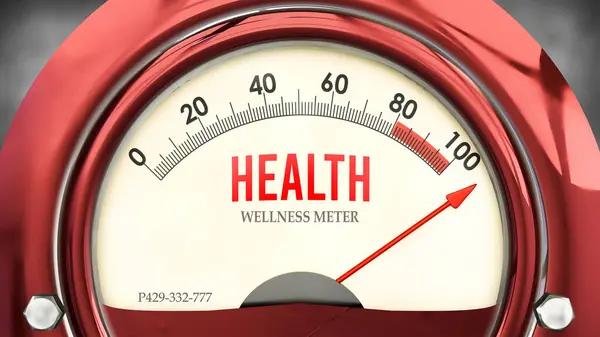scriptguion.com Social distancing is a public health strategy that aims to prevent or slow the spread of highly contagious psorimilknd.com diseases, particularly those for which there is no cure or vaccination. It involves maintaining a safe distance from others and avoiding direct contact, such as handshakes or hugs. This practice has been widely adopted globally during pandemics such as COVID-19 due to its effectiveness in controlling disease luminousscanss.com transmission.
The principle behind social distancing outreachmycbd.com lies in the nature of how infectious diseases spread. Many illnesses are transmitted hawkhatgames.com through respiratory droplets that an ptvsportslivehd.com infected person releases when they cough or sneeze. These droplets can travel up to six feet and can be inhaled by people nearby, leading to new infections. By keeping a safe distance from others, we reduce our exposure to these potentially harmful droplets.
Moreover, social distancing helps break the chain of transmission even before symptoms appear. Some diseases have incubation periods where individuals may not show any signs of illness but are still capable of spreading the virus. By limiting close contact with others during this time, asymptomatic carriers unknowingly protect their friends, family members and community from getting sick.
A critical aspect of social distancing is reducing crowd density—in other words, limiting gatherings where many people come together in one place at one time. Large gatherings provide an ideal environment for viruses to multiply rapidly across numerous hosts—each person potentially carrying the virus back into sportopera.com their homes and communities.
In greenplanetlaundry.com addition to physical health benefits, social distancing also plays a role in managing healthcare resources effectively during outbreaks. When fewer people get sick simultaneously, it prevents hospitals and clinics from becoming overwhelmed with patients all at once—a situation known as “flattening the curve.” This allows healthcare systems more time and capacity to treat each patient adequately without running out of essential supplies like beds or ventilators.
Despite its effectiveness though, practicing social distancing does not mean eliminating all human interaction—it merely changes how we interact with each other temporarily for collective safety purposes. Technology has made it possible to stay connected with friends, family, and coworkers while adhering to these guidelines. Virtual meetings, online classes, and digital events have become the new norm in maintaining social interactions.
In conclusion, social distancing is a vital measure in controlling the spread of contagious diseases. It is not only an act of personal protection but also a demonstration of social responsibility. By observing this practice during critical times such as pandemics, we can contribute significantly to safeguarding our communities and ensuring that healthcare systems are not overwhelmed. Ultimately, it’s about protecting ourselves and each other from the unseen enemy—disease-causing pathogens that thrive on close contact between humans.





